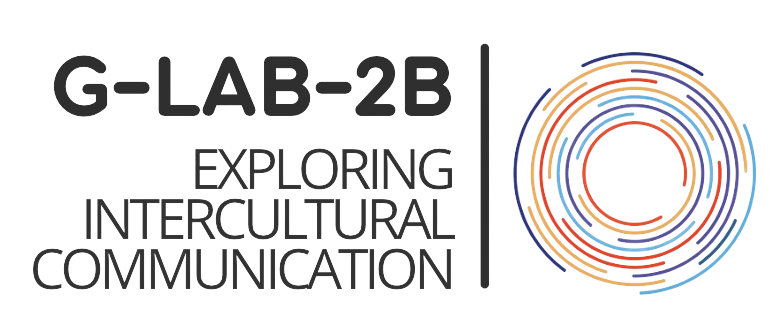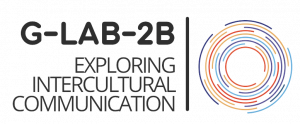Article written by Javier Wilhelm Wainsztein – Spanish original to be found here
After more than three decades working as a psychologist and mediator, I have witnessed how diversity has gone from being an abstract concept to become a reality that profoundly shapes our daily lives. In my experience accompanying individuals and groups in transformation processes, I have been able to observe how diversity emerges not only as a challenge, but also as an inexhaustible source of learning and collective growth.
My work has allowed me to see firsthand how recent crises, especially the pandemic, have exposed both our interdependence and our differences. In mediation sessions, I have observed how people struggle with the tension between the need for connection and the fear of difference. This dynamic has intensified in an increasingly polarized world.
Table of Contents
The current context of diversity
We are in a time of accelerated transformation, marked by factors such as digitalization, climate change and geopolitical conflicts. Society is constantly changing; change is inherent to human beings. Some of the issues we have experienced have caused change to accelerate at a dizzying pace in recent years.
This acceleration of change is accompanied by significant challenges. A 2020 World Economic Forum report identifies two fundamental drivers of transformation: the global pandemic and the irruption of artificial intelligence. These elements are not only altering our economy but also our way of relating to each other and understanding who we are.
Intersectionality
Intersectionality, a concept I often reflect on in my practice, helps us to understand that each person is like a diamond with multiple facets. In my practice, I have seen how each individual’s identity is constructed through the intersection of their gender, culture, ethnicity, sexual orientation, profession, and family roles. This understanding has been critical to developing more effective and respectful interventions.
I am particularly concerned to observe how, in a supposedly more connected world, we continue to build walls, both physical and psychological. I constantly hear and encounter invisible barriers that separate people: ingrained prejudices, unacknowledged fears and dysfunctional communication patterns.
Language, as I have witnessed in countless therapeutic and mediation sessions, has an extraordinary transformative power. Words can build bridges or build walls, they can heal or hurt, include or exclude. This understanding has led me to be especially careful with the use of language in my professional practice.
Three levels of work to move towards a more inclusive society.
On a personal level, I have found that change begins with self-reflection and questioning our own biases. Thus, I work with people to develop a genuine curiosity towards what is different, transforming fear into interest and distrust into openness.
At the relational level, I facilitate the creation of safe spaces where people can share their experiences and vulnerabilities. As I often tell my students, “we are social beings and we exist because there is an other who gives us identity”. I have seen how these unlikely encounters, following Lederach (2012) can transform ingrained prejudices into understanding and empathy.
Art and culture have been invaluable allies in my professional development. I have witnessed magical moments where music, theater or painting create deep connections between people who seemingly had nothing in common. As I often say, “when two people are moved together by a work of art, an invisible bridge is created between them”.
Transformative mediation
Transformative mediation, an approach I have practiced throughout my career, offers a valuable framework for managing diversity. My experience has taught me that conflict, when properly addressed, can be an opportunity for growth and social transformation.
In my practice, I have observed recurring patterns in conflict, such as the tendency of many people to dehumanize the other or pathologize differences (“the other is crazy,” “she’s impossible to talk to”). However, I have also witnessed how structured and facilitated contact can transform these negative dynamics into opportunities for mutual learning and growth.
The scientific evidence supports what I have observed in my practice. Pettigrew and Tropp’s (2006) meta-analysis confirms that intergroup contact significantly reduces prejudice. These authors analyzed over 500 studies, confirming that intergroup contact reduces the level of prejudice between people.
The findings suggest that:
- Structured, facilitated interpersonal contact can effectively reduce prejudice.
- Cooperation toward common goals can transform hostile relationships.
- Recategorization and inclusive identity building can facilitate dialogue.
- Empathic interventions can promote mutual understanding.
Looking ahead, my experience tells me that success in managing diversity lies not in eliminating differences, but in learning to value and harness them as a source of collective enrichment. As a society, our challenge is to develop the capacity to maintain constructive dialogues and generate meaningful learning from our differences. At a systemic level, the implementation of practices and policies that actively promote inclusion is essential to generate sustainable change.
Diversity is not just a theoretical concept or an abstract ideal; it is a lived reality that requires commitment, constant work and a genuine willingness to learn from others. In my experience as a mental health and mediation professional, I have found that when we create safe spaces for encounter and dialogue, the differences that separate us can become bridges that bring us together.
Evidence suggests that success in managing diversity is not measured by the absence of differences or conflict, but by a society’s ability to have constructive dialogues and generate meaningful learning from its differences. This capacity is developed through a sustained commitment to inclusive public policies and an active recognition of the inherent value of difference.
In an increasingly interconnected but paradoxically divided world, diversity emerges not only as an undeniable reality but also as a crucial challenge for our global coexistence.
[1] https://es.weforum.org/stories/2020/10/tu-proximo-cambio-de-trabajo-podria-ser-mas-facil-de-lo-que-piensas/
[2] Lederach, J. P. (2012). Beyond the table. Strategic spaces.
[3] Pettigrew, T. F., & Tropp, L. R. (2006). A meta-analytic test of intergroup contact theory. Journal of personality and social psychology, 90(5), 751.


